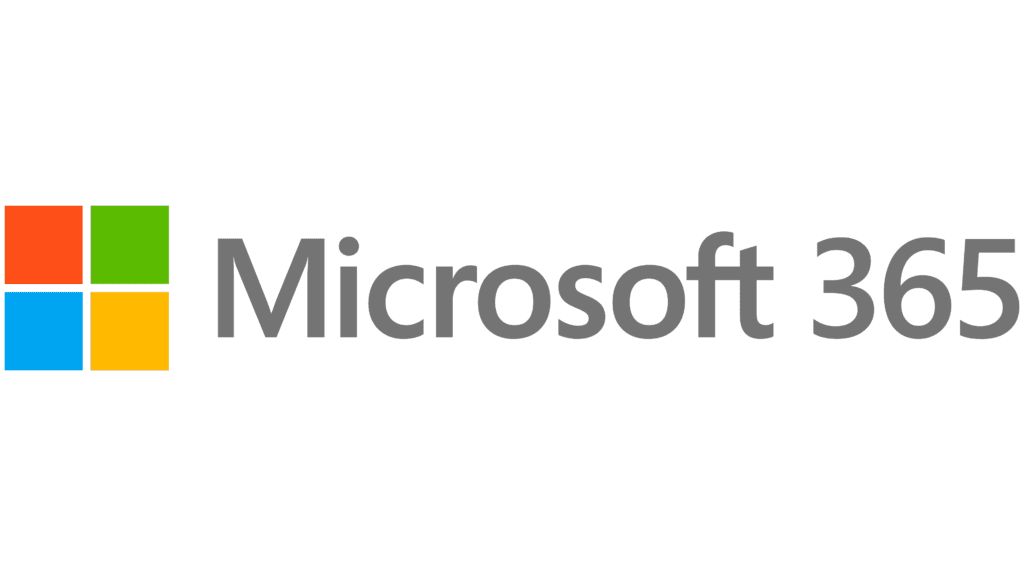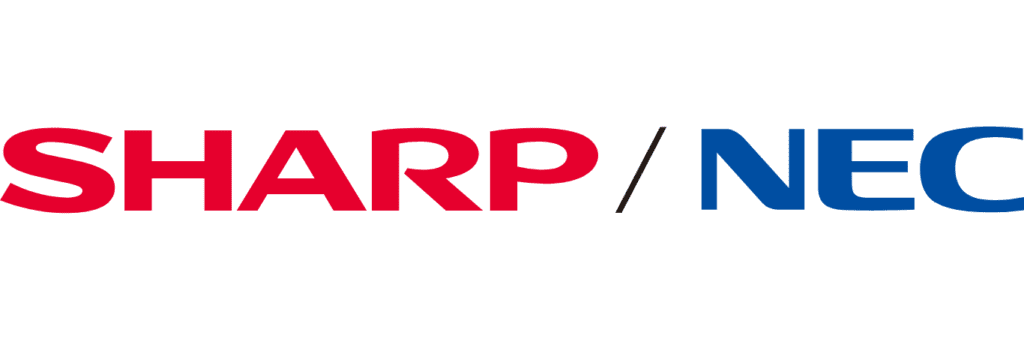
Educators’ priorities are clear. Student learning is the ultimate purpose and highest priority for any academic institution. The teaching staff that makes this goal achievable need certain tools and equipment in place to get the job done.
University administrators have the same priorities as professors and the rest of faculty staff. But, they have to balance those priorities with the challenging work of keeping the university functioning and offering competitive value to students who choose to study there.
This is often the reason why university IT infrastructure takes a back seat to other considerations. Administrators have limited resources to work with, and need to make the greatest possible impact with what they have.
However, there are solutions available that offer universities the ability to implement best-in-class technology without having to risk purchasing new equipment and hiring a team to maintain it. Managed services allow academic institutions to transform their equipment needs into predictable service expenses that are affordable and scalable.
The benefits that managed services companies offer becomes most apparent when it comes to print and imaging equipment. Managed print services give universities secure, low-cost options for high-volume print environments.
How Managed Print Services Works for Universities
Of the many types of managed services available to today’s universities, the print-as-a-service model is usually the first one that faculty administrators invest in. This is because managed print services offer the clearest route toward long-term savings in a way that is easy to understand and implement without complication.
All universities have print responsibilities. Professors have to print lecture materials, students need to print out study materials and their own work, and office processes like accounting and purchasing come with their own print asset requirements.
But every printed page of paper comes at a cost. Not only do paper costs cut into the university budget, but so do ink, toner, and energy. Additionally, printer maintenance and repair can siphon away time that IT professionals could spend on more strategic, higher-impact work.
Managed print services solve this problem by turning print equipment into an expense-based service, rather than a capital-based investment. Under a managed service contract, a university may choose to pay a predictable fixed rate for its print needs according to the number of users who have access to imaging equipment.
This simplifies budgeting, saves money, and helps the university achieve green initiatives by using less paper. It helps the university administration establish clear print policies and give print usage rights exclusively to the individuals who actually need them.
Managed Print Services Software Delivers Print Visibility
Managed print services include more than regular preventative maintenance and low-cost consumables. They also include a software component that monitors and tracks print usage throughout the organization.
MSP software like PaperCut, for example plays a critical role in determining who uses print assets and how much access they should have. It allows administrators to treat large print fleets spanning multiple campuses as a single, organized system that responds to its users needs in a dynamic way.
With your university’s print users responding to policies enforced by managed print software, you can hardcode specific cost-saving rules into print orders throughout your entire network. For example, you can specify that students can only order monochrome, double-sided prints. This cuts paper consumption in half and saves money on expensive color ink.
Managed Print Services Improve Security for University Campuses
Universities need to take advantage of the benefits that managed print solutions offer in order to establish robust cybersecurity defenses. Unsecured printers are easy to hack, and university campuses are a tempting target thanks to the wealth of information that their printers output on a daily basis.
But printer vulnerability becomes an even greater concern when it is combined with the potential for cybercriminals to gain access to other systems using the printer as a backdoor. Hackers with access to a multifunction printer can move laterally through a university network using the printer as an attack vector.
This makes it possible for cybercriminals to use printers to gain access to more sensitive equipment. They may compromise a printer in order to gain access to a professor’s work laptop, or the university security surveillance system, or more. The fact is that all of these systems are interconnected, which makes effective management a strict necessity.
Have DSI Protect Your Academic Institution
Managed print services can save major costs for universities by reducing the amount of paper they use on a daily basis.
They can also prevent major damage by improving security and making it harder for cybercriminals to gain access to university equipment. Invest in a print-as-a-service contract to make the most of your university’s print assets.
Your academic institution is spending more money on print resources than it has to. Speak to one of our experts to find out how to optimize your print fleet today.

Jocelyn Gorman, the Executive Vice President of DSI, possesses a deep understanding of the unique requirements of growing businesses. With over a decade of experience collaborating with clients across various industries, she closely collaborates with her Sales Team to develop and implement tailored technology solutions. These solutions aim to enhance office productivity and minimize operational costs. Her remarkable ability to effectively address business challenges has garnered recognition from prestigious publications such as the Cannata Report and Family Business Magazine.


































